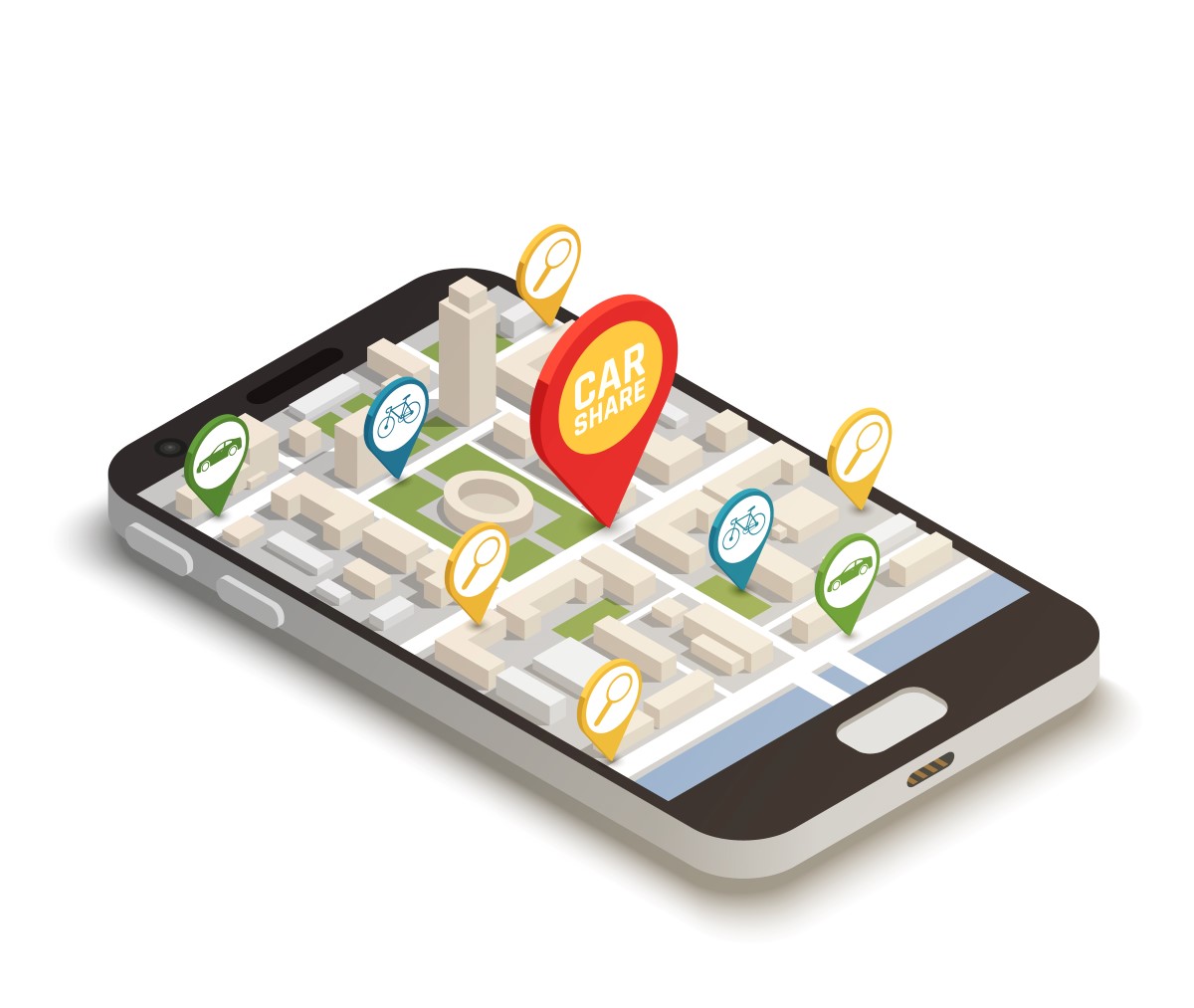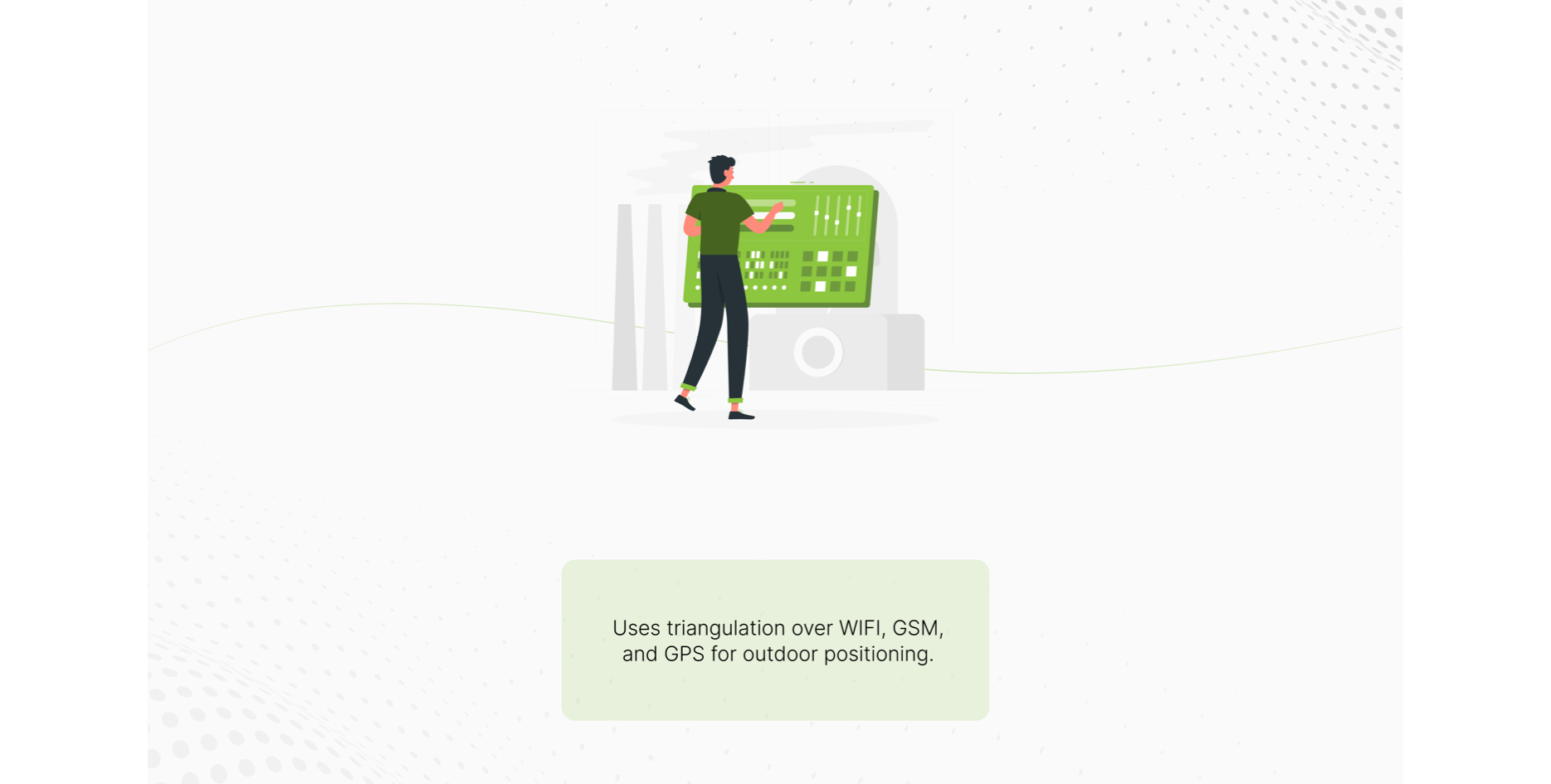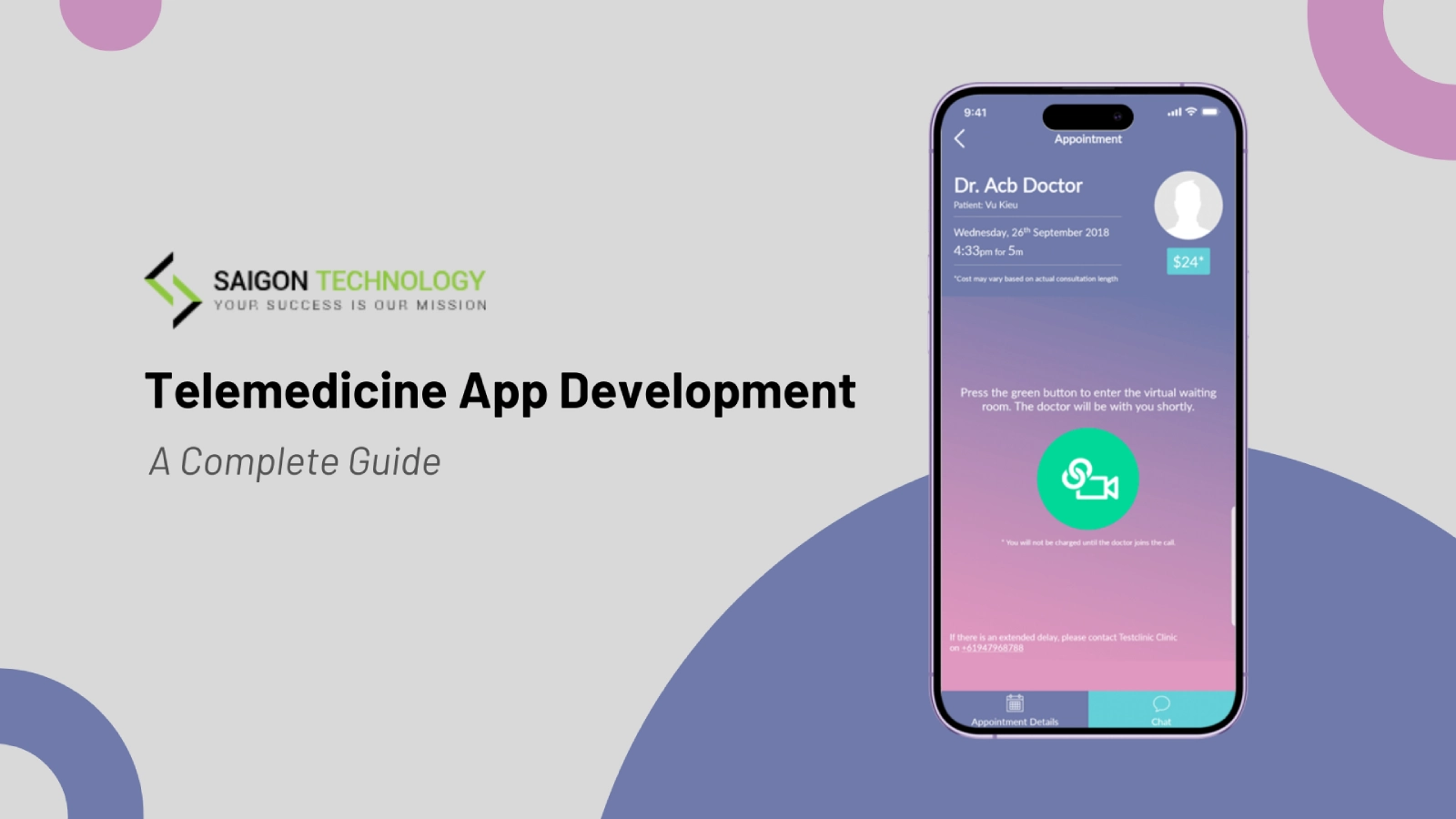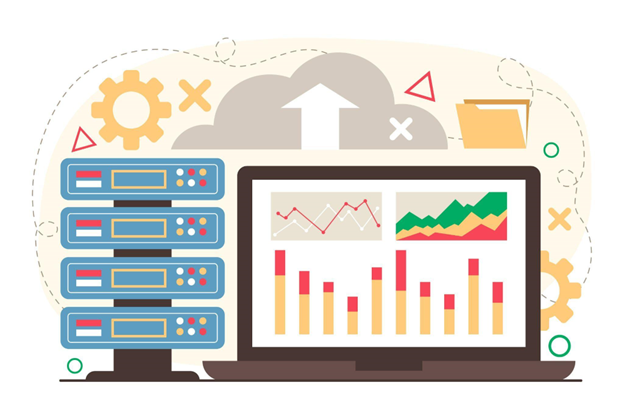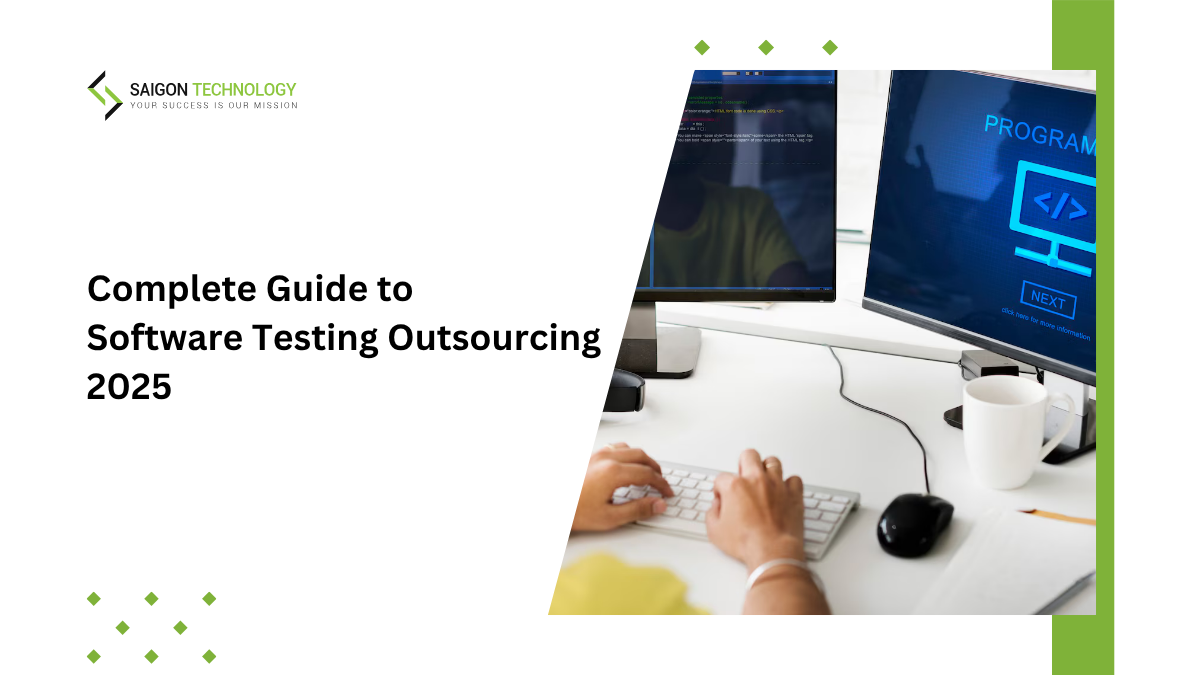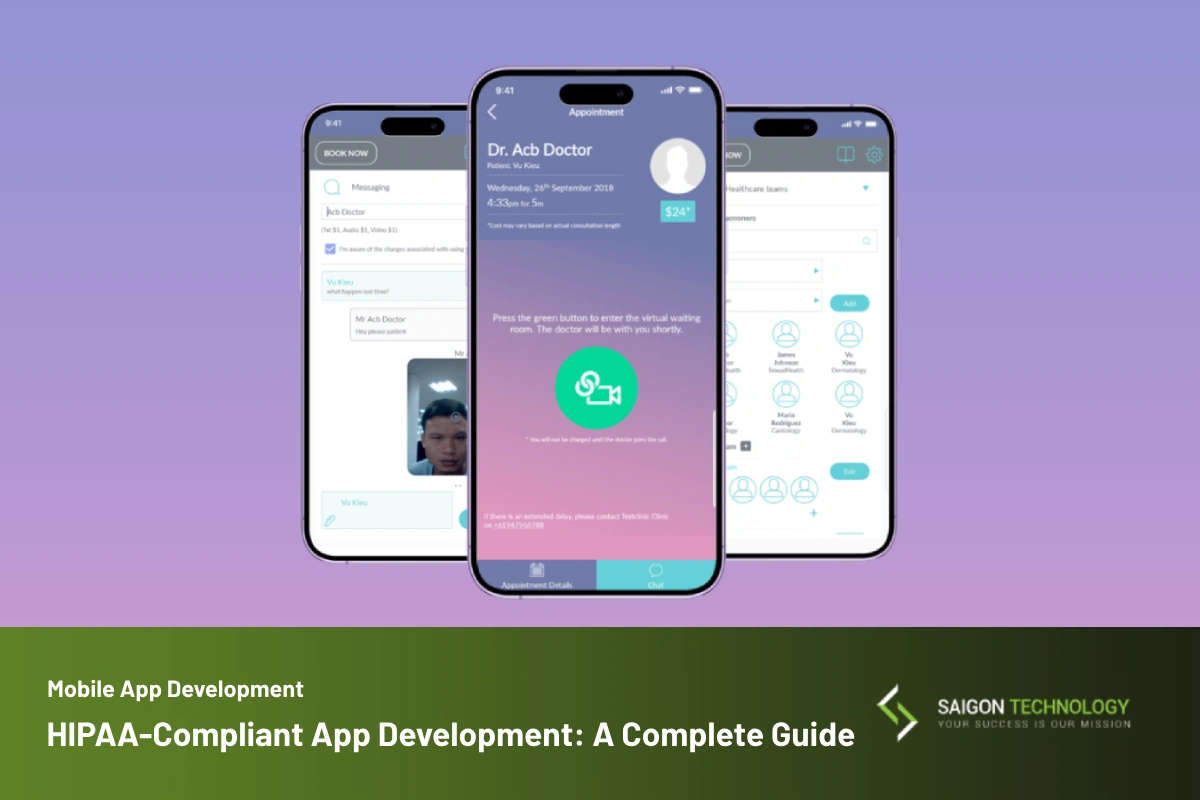In an era where convenience and personalization are paramount, location-based apps have emerged as game-changers in the digital sphere. These dynamic tools harness the power of real-time geolocation data, offering users tailored experiences based on their immediate surroundings.
From connecting consumers to nearby businesses to providing real-time navigation, location-based mobile apps are reshaping our daily interactions and experiences. But how does one embark on this journey of crafting such a tailored tool?
This guide delves deep into how to create a location-based app, ensuring you’re well-equipped to tap into this lucrative and ever-evolving market segment.
Location-Based Mobile Apps: Unveiling Their Potential
At their core, location-based apps are mobile solutions designed to leverage geographic data, offering tailored services or information to users based on their current or past locations. These aren’t just limited to building map apps. From health-focused applications to indoor object searches and entertainment platforms, the scope is vast and continually growing. One of the most popular applications is the mobile app for navigation, but the horizon extends to social networking, advertising, and even tracking systems.
“Location-based service (LBS) is a general term denoting software services which use geographic data and information to provide services or information to users. LBS can be used in a variety of contexts, such as health, indoor object search, entertainment, work, personal life, etc. Commonly used examples of location-based services include navigation software, social networking services, location-based advertising, and tracking systems.”
The Booming Market Landscape of Location-Based App Development
The location-based app development arena is witnessing rapid growth. Predictions from Fortune Business Insights suggest the global Location-based Services Market could reach an impressive USD 95.66 billion by 2030, growing at a CAGR of 20.3%. LBS harness real-time geodata, mainly from smartphones, to provide information, entertainment, or security.
With the surge in smartphone adoption, GPS accessibility, and the emergence of location-based tech, the market is set for expansion. While costs remain a challenge, the rise of 3G & 4G networks offers new opportunities. The LBS market spans across various technologies, applications, and industries globally.
Diverse Avenues of Location-Based Apps
In the evolving digital landscape, location-based apps have carved a significant niche, diversifying into various types tailored to distinct user needs.
- Navigation and Mapping Apps: Apps like Google Maps and Waze fall under this category, guiding users from one location to another with real-time traffic updates and alternate routes.
- Location-based Social Media Apps: Platforms like Facebook and Snapchat offer check-in features, allowing users to share their whereabouts or find nearby friends.
- Proximity Marketing Apps: These apps send promotional notifications to users when they’re near a store or outlet. For instance, Starbucks might send a discount coupon when a user is in its vicinity.
- Location-based Gaming Apps: Pokémon Go is a prime example, where players locate and catch virtual creatures in real-world locations.
- Health and Fitness Tracking Apps: Apps like Strava and Runkeeper track users’ running or cycling routes, providing insights into their performance.
Case Study
Pokémon Go’s success exemplifies the potential of location-based apps. This game took the world by storm, promoting outdoor activities as players sought Pokémon in real-world places. Niantic, its developer, effectively leveraged AR (Augmented Reality) with geolocation, leading not only in app development but also in redefining gaming experiences globally.
With such a vast array of applications, location-based services are undeniably reshaping the way we interact with the world around us.
The Strategic Edge of Location-Based App Development
The ubiquity of mobile devices and the rise of location-based apps have forged a dynamic interface between businesses and customers. By offering functionalities that are centered on the user’s location, these apps bolster engagement, drive sales, and enhance the overall user experience. Here’s an insight into some distinct features and their tangible benefits:
-
Dynamic Periodic Updates:
Google Latitude updates the location of a user dynamically and periodically. Such periodic updates ensure businesses offer real-time deals, enhancing user engagement and potentially increasing sales.
-
Location History & Sharing:
Google Latitude provides an optional location history visible only to the tracked user. This feature aids users in retracing their steps, making it beneficial for travel or exploration-based apps.
Temporary location sharing, as seen in both Google Latitude and Find My Friends, allows users to share their whereabouts temporarily. It can be crucial for social apps, promoting user safety, and facilitating meet-ups.
-
Precision Levels & Custom Labels:
Google Latitude and Nearby allow users to determine the precision of their location shared, from city-level to exact coordinates. Such granularity offers users control, enhancing their trust in the app.
Find My Friends supports custom location labels, letting users personalize their frequently visited spots, making the app feel more tailored to individual needs.
-
Bilateral Sharing & Encryption:
While Google Latitude and Nearby support bilateral sharing of locations with friends, Find My Friends ensures that location is kept a secret even from the service provider with its end-to-end encryption. Such security measures reinforce user trust and promote the use of location-based app development for sensitive applications.
-
User Identification & Integration:
Platforms like Google Latitude use Google Accounts, while Find My Friends integrates with Apple ID, and Nearby integrates with Facebook. These integrations not only provide seamless sign-ins but also can help in tailored marketing efforts based on user data.
-
On-Demand Updates & Maximum Distance Calculation:
Apps like Find My Friends and Nearby offer location updates on demand by a remote user. This provides timely interactions for businesses and allows friends or associates to connect effortlessly, irrespective of the distance.
By harnessing the features and benefits of location-based app development, businesses can craft personalized, real-time experiences for their users. Whether you’re a budding entrepreneur or an established business, choosing a proficient location-based app builder can be the catalyst in propelling your brand’s digital presence to new heights.
Essential Features of Leading Location-Based Apps
Location technology has revolutionized mobile application functionality, offering features that cater to user needs dynamically. If you’re venturing into location-based apps or looking to outsource app development, understanding these fundamental features is crucial:
- Map-Centric User Interface: Modern apps prioritize a map as their main interface. This visual representation ensures that users can swiftly identify and track real-time location updates, enhancing overall usability and precision.
- Timely Push Notifications: Beyond just routine alerts, these apps can send instant notifications about local deals, upcoming events, and even crucial alerts such as natural disaster warnings. This feature not only keeps users informed but also ensures their safety in potential danger zones.
- Adaptable Information Filter: Given the vast amount of location-centric data, an information filter is invaluable. Users can customize their content preferences, ensuring they receive alerts tailored to their specific interests. This elevates the user experience, providing only the most relevant information.
- Tailored Recommendations: As these apps evolve, their understanding of user preferences becomes more refined. Using machine learning algorithms, apps can curate local event suggestions, news, and other content based on a user’s profile and interests, creating a more personalized user experience.
- Loyalty Reward Programs: To foster user engagement and drive physical store visits, integrating reward programs is pivotal. Offering points or exclusive deals persuades users to visit local businesses and make purchases, creating a symbiotic relationship between businesses and app users.
Considering these features can profoundly impact the efficacy and user engagement of your location-based application. Whether you’re developing in-house or choosing to partner for outsourcing software development, prioritizing these functionalities ensures your app remains competitive and user-centric.
A Detailed Guide to Effectively Building Location-Based Apps
Stepping into the world of location-based app development demands not just technical acumen but a robust strategic plan. While its roots might resonate with traditional app creation, the unique attributes of location apps bring their own set of intricacies. Here’s a tailored guide on how to create a location-based app:
1. Initiate with Discovery
Beyond a preliminary step, the discovery phase stands as the cornerstone of location-based app development. A deep dive into the target audience, their specific challenges, and aspirations is paramount. Intensify this understanding through focus groups, meticulous user tests, and insightful interviews, ensuring the end product truly resonates with its users.
2. Selection of Map Provider & Tech Stack
The lifeline of location-based apps is inevitably their mapping functionalities. A deeper look into the available options:
- Google Maps: Renowned for its integration capabilities with Maps, Routes, and Places, it’s imperative to be aware of API constraints. This often translates to fluctuations in costs as the user count scales.
- Mapbox: A staunch supporter of crowd-sourced data from OpenStreetMap, it provides unparalleled flexibility for developers. Its adaptability makes it a top pick for many in the logistics sector.
3. Design Prototypes & User Testing
As the blueprint for your app, detailed design prototypes bring clarity to the development process of a location-based app. These can range from rudimentary sketches to more tangible digital representations, providing users with a snapshot of the intended experience.
4. Opt for MVP Features
The MVP phase is about strategic minimalism. Craft a version that, while lean, encapsulates the essence of your vision. When torn between feature choices, seeking external guidance can be a boon. Renowned teams can provide insights into sculpting the ideal MVP, harmonizing budgetary concerns with business ambitions.
5. Forge the Complete Location-Based App
Equipped with a robust foundation and insights from user validation, plunge into the domain of geolocation app development. Incorporating the versatile Agile framework, partition the development into digestible sprints. This ensures a balanced mix of top-notch development skill and swift decision-making. For expertise sourcing, ‘How To Hire Developers For Startups – A Definitive Guide’ provides valuable insights.
6. Launch & Maintenance
The launch is just the beginning. The world of apps is ever-evolving, making regular updates and refinements a must. This commitment is especially crucial in keeping abreast of evolving standards in platforms like iOS and Android, ensuring that geolocation apps always deliver optimal performance.
With a commitment to this detailed guide and by collaborating with a reliable app development company, the quest of building map apps and other geolocation platforms becomes less daunting and more of a fulfilling endeavor.
Technologies Powering Location-Based App Development
Creating location-based apps requires more than just a brilliant idea; it’s about fusing that idea with the power of technology. It demands a keen understanding of geolocation technologies pivotal for location-based app development. Delving deeper, one realizes that these technologies form the backbone of these applications. Let’s embark on a journey into the core technologies that aid in building a geolocation app:
Outdoor Geolocation Technologies
Not just limited to open environments, these technologies have seeped into various segments of our lives. By harnessing various sensors, signals, and satellite systems, they furnish precise location details, making our outdoor experiences seamless. A more comprehensive view reveals these widely-used outdoor geolocation methodologies:
- GPS (Global Positioning System): A beacon in the world of localization, GPS capitalizes on satellite signals to precisely pinpoint object locations. The ubiquity of built-in GPS chips in smartphones makes this technology omnipresent.
- Cellular Positioning: Beyond just calls and texts, cellular networks play a pivotal role in geolocation. This technology leverages signals from proximate cellular networks, transforming mobile devices into geolocation beacons.
- Assisted GPS (A-GPS): By amalgamating the prowess of the classic GPS and Cell IDs, A-GPS stands out, enhancing the accuracy and efficiency of geolocalization, especially in challenging terrains.
- WPS (Wi-Fi Positioning System): Modern life revolves around Wi-Fi, and this system taps into that, exploiting Wi-Fi networks not just for connectivity but also for precise location determination.
Indoor Geolocation Technologies
When stepping indoors, a different set of challenges and opportunities arise in geolocation app development. Navigating these spaces requires specialized tools:
- Geofencing: A marvel in its own right, driven by GPS, geofencing can discern a user’s location at a specific time, triggering actions based on geographical boundaries. With applications ranging from security to marketing, its significance in location-based app development is undeniably growing.
- BLE-based Technologies: Among the champions in this segment are Eddystone (by Google) and iBeacon (by Apple). These powerhouses are meticulously tailored for accurate user location detection indoors, ensuring a seamless transition from outdoor tracking.
In the vast realm of app development, understanding and adeptly deploying these technologies can be a game-changer. Whether you’re venturing into the wilderness of outdoor tracking or the intricate maze of indoor navigation, leveraging the right technology amalgamated with a clear vision ensures that users are treated to an experience that’s nothing short of magical.
Case Study: SOS Pro at Saigon Technology
SOS Pro is a revolutionary personnel alarm primarily aimed at the professional domain. Specifically designed for security entities, governmental bodies, and private enterprises, its primary role is to be an emergency beacon. Whenever employees encounter situations where they feel threatened or unsafe, SOS Pro comes to the rescue by sending out rapid alerts.
The platform’s versatility is evident in its indoor and outdoor placement capabilities. For outdoor scenarios, it employs a three-tier triangulation mechanism using wifi, GSM, and GPS, which surpasses the precision of many conventional safety alarms. Furthermore, for indoor positioning, the system recognizes specific sites by capturing wifi fingerprints.
Client Requirements
The client’s vision for SOS Pro was not just about a tool; it was about ensuring safety at its best. The primary objective was to make SOS Pro a robust and reliable ally during emergencies, serving as a beacon of hope and security. The app was envisioned to be a comprehensive solution, seamlessly blending outdoor and indoor navigation. It had to incorporate both outdoor and indoor maps, facilitating precise location detection using WIFI, GSM, and GPS triangulation.
Moreover, it wasn’t just about outdoor tracking; the ability to identify locations indoors through wireless network fingerprints was paramount. This intricate feature was crucial for buildings and complexes where GPS signals might falter. A major requirement, and perhaps a defining one, was to ensure the system’s multi-layered technique not only matched but surpassed the efficacy of conventional systems. They wanted a tool that promised accuracy, reliability, and, above all, peace of mind for its users.
Development Journey
Embarking on the SOS Pro project, Saigon Technology understood the intricacies and challenges of creating a superior location-based app. To bring the client’s vision to life, they strategically opted for a blend of contemporary and robust technologies:
- PHP: Zend Framework 2.x: This provided a solid foundation for the application, ensuring scalability, flexibility, and ease of maintenance. This choice demonstrated their commitment to leveraging open-source technologies to build dynamic web applications.
- Object C: Given its prowess in iOS app development, Object C was harnessed to develop features that catered specifically to Apple device users, ensuring seamless performance and integration.
- Java: Acknowledging its universality and versatility, Java was chosen for its platform-independent nature, ensuring the app’s broader reach and compatibility across various devices.
- MySQL: To handle the vast amounts of data, Saigon Technology employed MySQL, known for its reliability and efficiency, ensuring that data retrieval and storage processes were seamless.
- Mobile app – offline mode: Recognizing the need for the app to function without consistent internet connectivity, an offline mode was integrated, ensuring users could still access crucial features even without a stable connection.
- Firebase: To enhance real-time capabilities and offer cloud-based benefits, Firebase was integrated. It not only facilitated data storage but also ensured swift and secure authentication processes.
- Twilio, Clickatell: To bolster communication capabilities within the app, tools like Twilio and Clickatell were incorporated, enabling prompt notifications and messages, a crucial feature for an emergency response application.
Through a well-thought-out selection of technologies, Saigon Technology ensured the SOS Pro app was built on a foundation that prioritized user experience, reliability, and scalability.
Challenges and Solutions
The development phase was not without its hurdles:
- Tight Deadlines: A 4.5-month timeline necessitated the assembly of a 12-member team.
- Changing Client Liaisons: The primary point of contact underwent changes mid-project.
- Business Logic Comprehension: The team faced challenges understanding the intricate business logic.
- Divergent UI/UX Views: The client had a distinct perspective on the app’s UI/UX design.
- Firebase Messaging: Ensuring accurate message delivery on Firebase was vital.
- ISO 9001 Standards: Compliance with the ISO 9001 standard was mandatory.
These challenges were tackled with a systematic approach:
- Roles were clearly defined for each member.
- Information gathering and refining of requirements took place.
- New team members were familiarized with the updated requirements.
- Demonstrations were conducted to clarify business flow.
- The Invision platform helped streamline UX design.
- External libraries were leveraged for Twilio and Clickatell integration.
- Documentation revisions ensured ISO 9001 compliance.
Collaboration and Team Dynamics
From the outset, Saigon Technology and the client prioritized clear communication. Frequent meetings ensured progress tracking, quick decision-making, and problem resolution. Additionally, bi-weekly sprint meetings fostered an iterative development approach.
Building the right team was instrumental. Ensuring each member was aware of their roles, deadlines, and the project’s overarching goals was pivotal. A plethora of tools aided in promoting seamless collaboration and communication.
Benefits of Collaborating with Saigon Technology
- Cost-Efficient: The pricing strategy enhanced cost projections and optimized resource allocation.
- High ROI: The complexity of Saigon Technology’s processes assures clients a complete return on investment.
- Technical Prowess: Clients experienced enhanced technical capabilities in just a few iterations due to the agile approach.
- Swift Project Execution: Specialized teams ensure accelerated timelines and product rollouts.
- Focus on Core Business: By outsourcing technical requirements to Saigon Technology, clients can prioritize their core business growth.
Location-based app development like SOS Pro is a testament to the innovative solutions that can be achieved when the right technologies and processes are coupled with a dedicated team and clear client communication.
Crafting Stellar Location-Based Apps with Saigon Technology
In today’s digital landscape, the demand to create a location-based app is surging. Saigon Technology stands at the forefront of this movement, offering unparalleled expertise as a location-based app builder. Our team of seasoned professionals delves deep into your requirements, ensuring that the apps we craft not only harness the power of geolocation but are also tailored to your business’s unique needs.
Whether you’re aiming to enhance user engagement, provide real-time location services, or offer personalized content based on user whereabouts, we are your go-to partner. Dive into the future with us and experience the excellence of cutting-edge geolocation apps.
Wrapping Up the World of Location-Based Apps
The realm of location-based apps has expanded dramatically, becoming an integral part of our everyday lives. They offer immense value, from navigating unfamiliar terrains to receiving personalized content tailored to our current location.
The journey of understanding how to create a location-based app can seem complex, but with the right expertise and tools, it’s an endeavor that brings substantial rewards. As technology continues to evolve, so will the capabilities of these apps, unlocking even more opportunities for businesses and users alike. The future beckons with exciting prospects in the world of geolocation technology.

